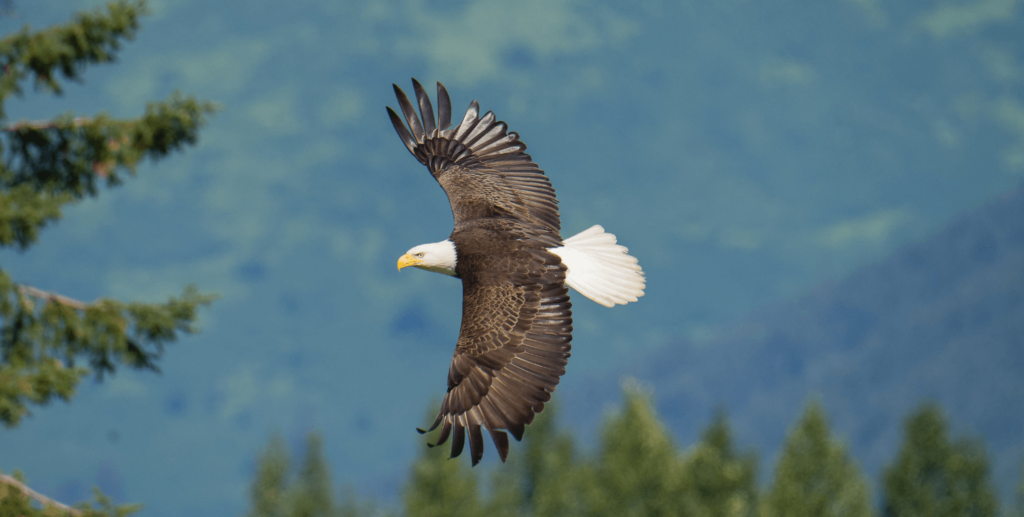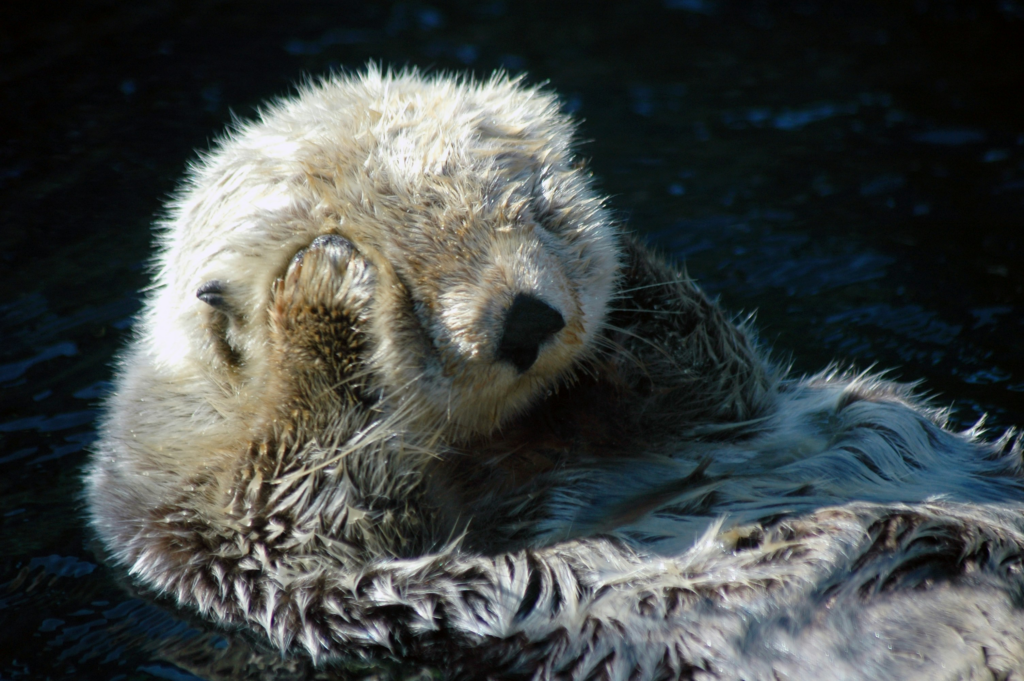Happy National Wildlife Day: Little-Known Talents of Well-Known Wildlife

Today, we’re giving a grrrrrrrrreat big shoutout to some of the lesser-known talents of well-known creatures relying on the landscapes in Alaska that you help protect. From the wetlands of the Western Arctic to the tips of the trees in the Tongass National Forest, these talon-ted wild wonders have what it takes to survive.
Read on to discover these otterly amazing skills, and be sure to sign our petitions to protect their homes.
🐻 Brown Bears in the Tongass National Forest

Some of the largest, fur-midable Tongass brown bears thrive off salmon schooling in rivers winding through old-growth trees in the Tongass. Few people know that brown bears are pawsome swimmers and have been found to swim between islands sprinkled throughout the Tongass.
🦅 Eagles In the Tongass National Forest

This American icon loves the tall trees of the Tongass and some of the largest, densest populations of eagles can be found in this forest region. These trees need to be strong, because bald eagle nests can reach up to 8 feet in diameter and weigh as much as 1 ton! And one last tweet-worthy tidbit: despite their fierce reputation, bald eagles aren’t screechers—they actually whistle while they work with high-pitched piping notes.
🦦 Sea Otters near the Tongass National Forest

One of the few mammals to use tools, sea otters also use their paws as an adorable eye mask to sleep during the day. Found along the shore of the Tongass National Forest, these kelp-ful critters help control sea urchin populations, keeping kelp forests healthy and the ocean ecosystem in balance.
🦌 Caribou in the Western Arctic

Hardy travelers always on the move, caribou take epic migrations across the Arctic. Along the way, they are aided by ultraviolet vision! This little-known talent allows caribou to see things invisible to predators, like urine stains or lichen in snow-covered ground. Even with this super-skill, caribou have many dangerous miles to travel and need safe passageways to survive.
